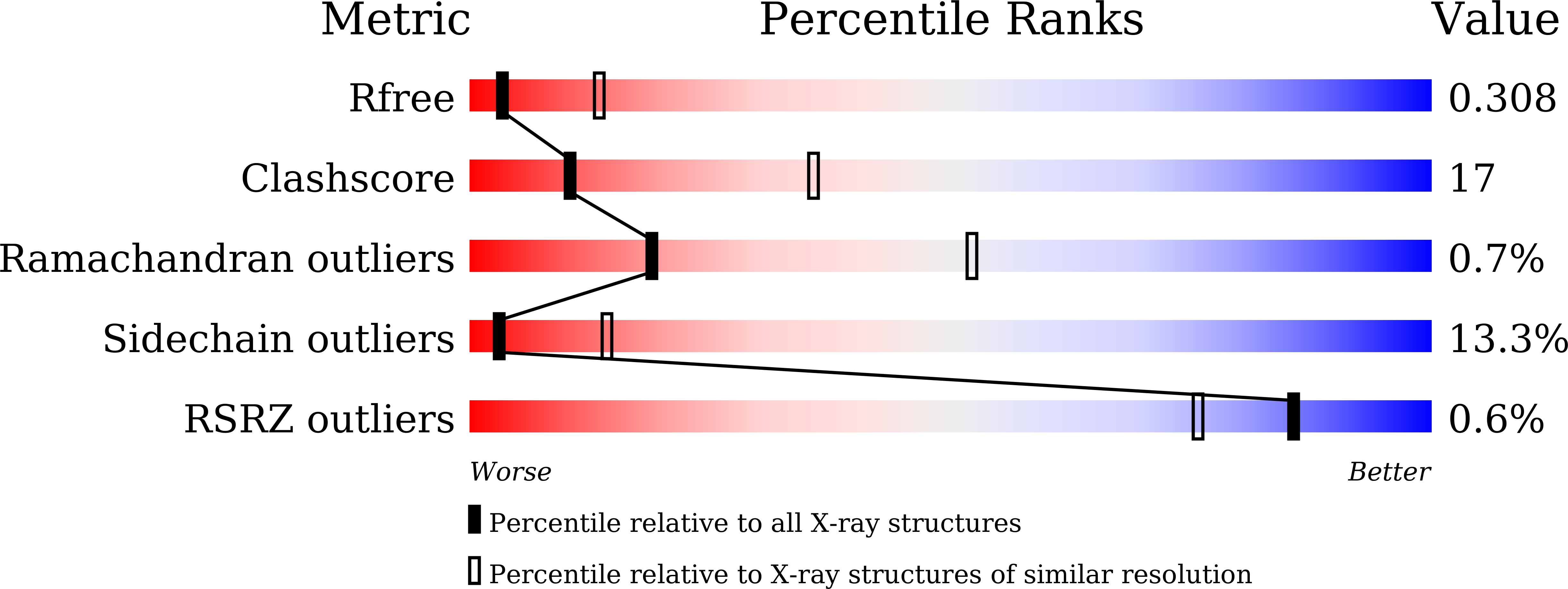
Deposition Date
2024-12-24
Release Date
2025-09-03
Last Version Date
2025-09-03
Entry Detail
PDB ID:
9L6F
Keywords:
Title:
Crystal structure of KRas G12D (GDP) in complex with ASP3082
Biological Source:
Source Organism:
Homo sapiens (Taxon ID: 9606)
Host Organism:
Method Details:
Experimental Method:
Resolution:
3.18 Å
R-Value Free:
0.30
R-Value Work:
0.24
R-Value Observed:
0.24
Space Group:
P 1 2 1


